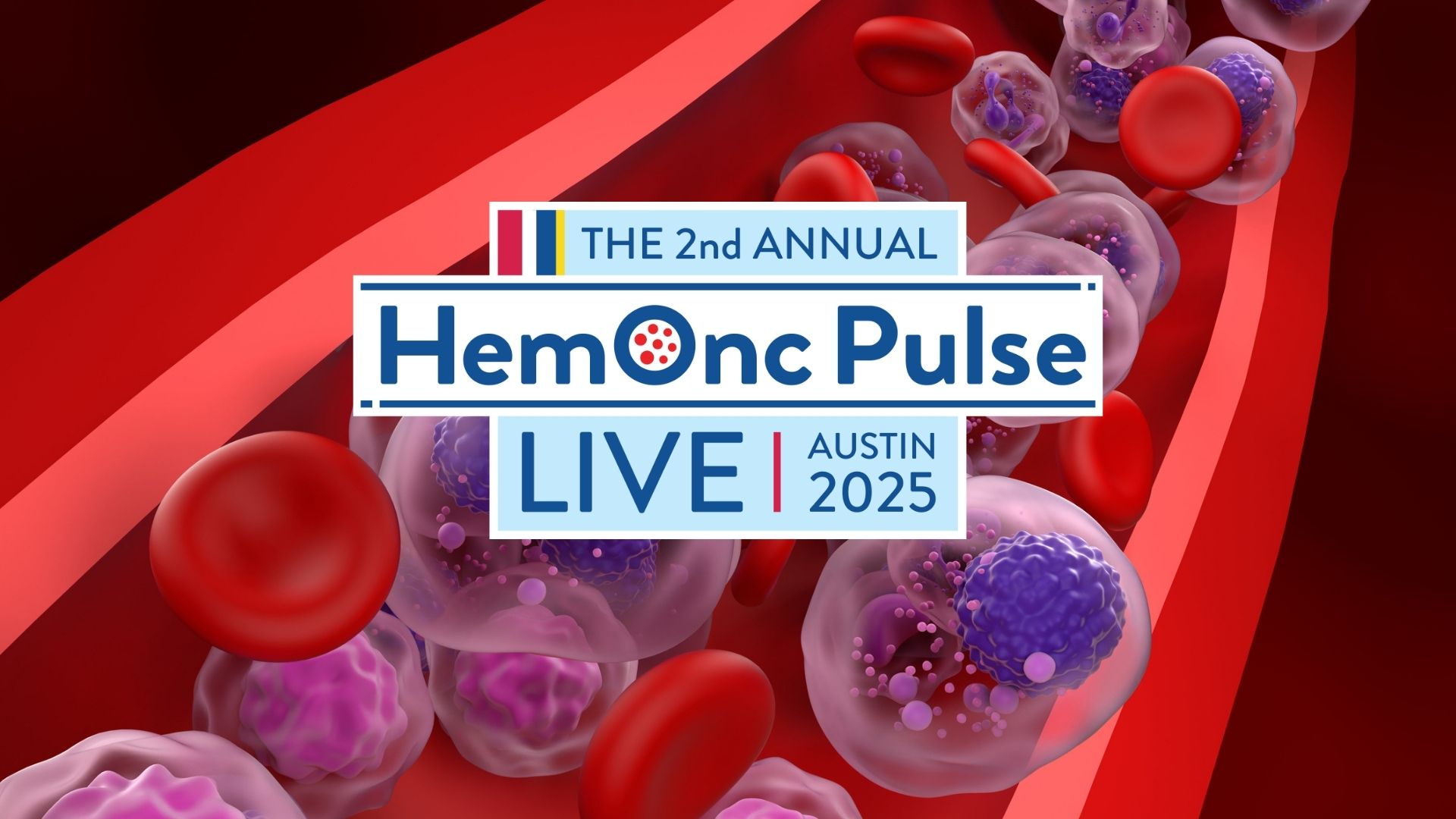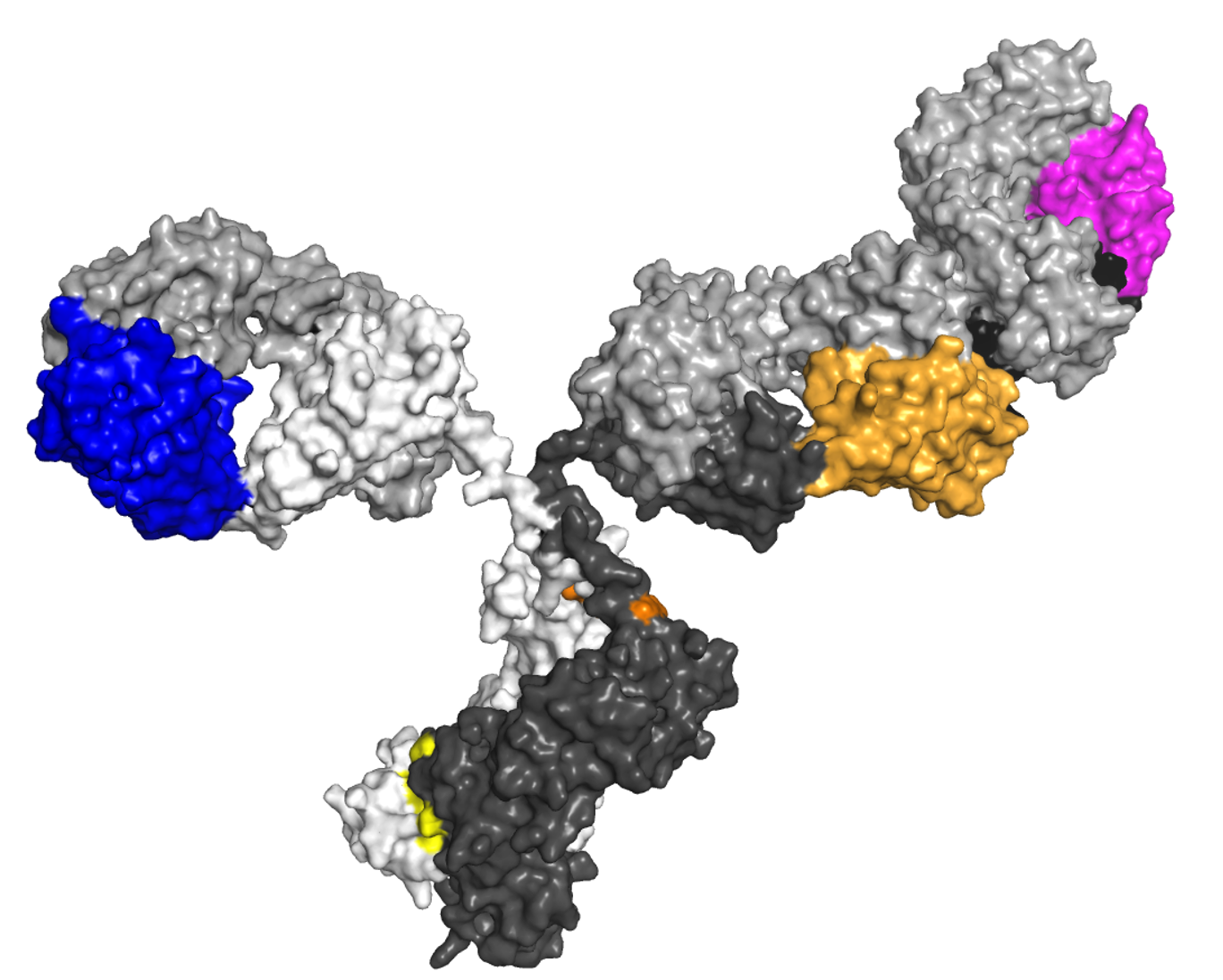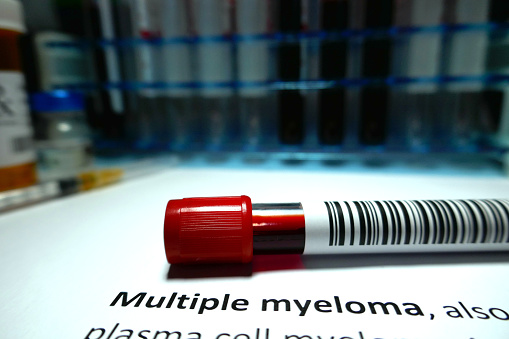Sarah Holstein Looks Down the Multiple Myeloma Pipeline
By Sarah Holstein, MD, PhD - Last Updated: November 14, 2022Sarah Holstein, MD, PhD, associate professor of medicine in the Division of Oncology & Hematology at the University of Nebraska Medical Center, discusses the multiple myeloma (MM) treatment pipeline and how the introduction of these agents may change the treatment landscape.
Watch part 2 of the interview with Dr. Holstein where she discusses targets of interest for MM.
Dr. Holstein, what are some multiple myeloma treatments in the pipeline that you’re interested in, either for untreated or relapsed/refractory multiple myeloma?
Dr. Holstein: The good news is we have a lot of therapies under development, which are quite exciting. Of course, I think everybody is excited about the possibility of the first one or two commercial CAR T-cells in the near future. And of course, they will be targeting BCMA. BCMA remains a very important target, as we have many different modalities with which to attack BCMA.
But there are also a number of other agents being developed, which I think are interesting. Those include CELMoDs, BCMAs, or bispecific agents that are going after other targets aside from BCMA or BCMA dually-targeted with another target, I think is of interest as well. So in the relapsed/refractory setting, particularly in the triple-class refractory/relapse refractory setting, I think there is a lot of hope for the future.
How do you see these new agents potentially changing the treatment landscape in the next few years as some of them come to market?
Dr. Holstein: Yeah, I think it’s a really important question, and I think it’s going to be a bit confusing as we move forward. Obviously, we will have the FDA-approved guidelines for how these agents are going to be used. But there’s always some gray zones in how we define how a patient is exposed versus refractory, whether it is triple-class refractory versus triple-class exposed, and that’s also different from whether a patient is penta-refractory.
So at least initially, as agents such as belantamab and presumably the CAR T-cells are getting approved, we will be using them in the later lines of relapse. But I think what everybody is interested in trying to figure out is how we can incorporate them into earlier lines of relapse. And that’s again, where these definitions become important. Because if in the future we are moving toward, for example, treating a newly diagnosed transplant-eligible patient with daratumumab, lenalidomide, bortezomib, and dexamethasone, as an example, that patient after one line of therapy would be triple-class exposed and therefore might be eligible depending on how these labels come about for therapy, theoretically, such as CAR T-cell therapy or other agents, which were really tested in the much heavier lines of therapy. So I think we (A) need to wait for some clinical trial data, but (B) it’s really going to be a matter of seeing what we can give to our patients, what we can get insurance approval for, and starting to understand how we can sequence these things.
One thing that’s really unclear right now is, once we have multiple BCMA-directed therapies, whether there’s any rationale for knowing how to sequence them. The difficulty in this arena is that the vast majority of clinical trials, which have looked at a variety of BCMA-targeting therapies, have not allowed prior therapy with any other type of BCMA therapy. So we have very little data to tell us whether or not a patient, for example, who received belantamab is then going to go on to get a response from a bispecific agent, which is targeting BCMA or CAR T-cell therapy. Likewise, if a patient relapses after BCMA CAR T-cell therapy, is there any rationale for giving an agent such as a bispecific or belantamab? We really have no idea.
And because these weren’t tested in the clinical trial arena, I think it’s really going to be a matter of getting real-world data once these are available commercially, and we just start to learn from everybody’s practice what works and what doesn’t work. So it’s going to be confusing.
How do you see combination therapy potentially changing as some new agents come to market?
Dr. Holstein: Yeah, this is also another excellent question. Again with myeloma, a lot of times with these heavily relapsed/refractory indications, these agents are being approved as single agents or in combination with just steroid. But obviously, there’s a lot of interest in combining them with some of our more standard classes of drugs. And some of those studies are ongoing and we have data for, but how that’s actually going to lead to a reshuffling of what combinations we use in the earlier lines of therapy, I think it’s difficult to tell.
And this is in part because of some of the side effects of some of the therapies. It might be one thing to think about giving belantamab as a late line of therapy when patients don’t have a lot of other options and are willing to accept corneal toxicity. But it might be a little bit more tricky to think about using it in a first-line or second-line, where presumably patients will be on therapy for a very long time, hopefully. But then that would also mean potentially interference with activities of daily living because of vision changes.
There’s the theoretical, “Can we combine these drugs and get improved response rates?” And then there’s the practical of, “Can we safely deliver these therapies in earlier lines of relapse and maintain quality of life?”
That same issue, I think, holds true for selinexor as well. Again, in the heavily relapsed/refractory setting, where patients don’t have a lot of other options, they might be willing to accept some of the toxicity profile associated with selinexor. But again, if we then think about trying to treat, for example, a newly diagnosed transplant-ineligible patient population, are they going to be willing to accept some of the toxicities associated with selinexor if there are other options available?
Again, all of these questions are going to be addressed in a variety of clinical trials, which are either planned or ongoing. But until then, I think it’s going to be difficult to separate the theoretical, “Yes, we can combine these three drugs together,” versus the practical of, “Yes, we can do it effectively, but also do it safely.”






 © 2025 Mashup Media, LLC, a Formedics Property. All Rights Reserved.
© 2025 Mashup Media, LLC, a Formedics Property. All Rights Reserved.